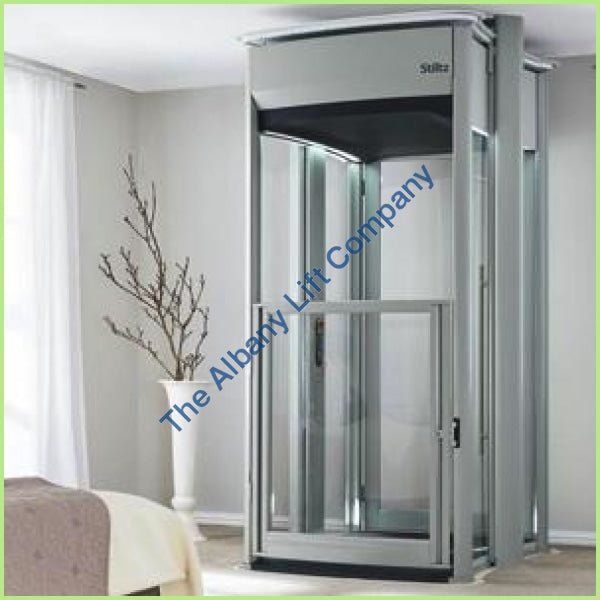Discover Trusted Lift Repair Near Me for Rapid and Affordable Service
Discover Trusted Lift Repair Near Me for Rapid and Affordable Service
Blog Article
Delving Into the Globe of Lifts: Typical Problems Encountered by Various Lift Devices
As we navigate through the vertical transport systems of contemporary buildings, elevators stick out as an indispensable component of our every day lives. However, behind their smooth procedure lies a world of intricate systems that can often experience challenges. From hydraulic lifts to traction systems and machine-room-less styles, each lift type includes its collection of usual issues. Recognizing these challenges is critical for making sure the smooth functioning of these crucial systems. Allow's explore the intricacies that underlie the procedure of lifts and the potential concerns that can occur, clarifying the detailed web of lift devices.
Hydraulic Elevators
Hydraulic elevators, often chosen for low-rise structures, utilize fluid stress to control the motion of the lift car (lift repair companies). This mechanism entails a hydraulic pump pressing oil right into a cylinder, creating the elevator to relocate the preferred direction. While hydraulic elevators are known for their quiet and smooth operation, they do feature their very own set of usual concerns
One common problem with hydraulic elevators is oil leakage. The seals in the hydraulic system can break with time, leading to oil infiltration. This not only produces a mess however can likewise impact the lift's efficiency if left unaddressed. In addition, problems with the control system, such as malfunctioning shutoffs or a malfunctioning pump, can trigger disruptions in the elevator's motion.
Routine maintenance and punctual repairs are vital to ensure the smooth performance of hydraulic lifts. By dealing with these common concerns proactively, structure owners can minimize downtime and make certain the safety and effectiveness of their upright transport system.
Traction Lifts
When considering vertical transport systems in buildings, an additional usual type besides hydraulic elevators is the traction elevator. Traction lifts run using a system of ropes and counterweights that relocate the lift car by gripping onto the hoist ropes. This mechanism enables for smoother and quicker upright transportation contrasted to hydraulic systems.
Among the usual issues dealt with by traction elevators is rope wear. The constant activity of the ropes within the traction system can cause deterioration gradually, potentially creating the lift to malfunction or become dangerous for use. Normal inspections and maintenance of the ropes are important to guarantee the elevator's proper functioning and safety.
One more problem that traction lifts might encounter is connected to the control system. Issues with the control system can result in issues such as unpredictable activity, delays in reaction times, or perhaps total shutdowns. Routine screening and maintenance of the control system are essential to prevent such problems and make certain the elevator's integrity.
Machine-Room-Less (MRL) Lifts

Among the essential parts of MRL lifts is the portable gearless grip machine that is mounted within the hoistway. This maker successfully drives the elevator auto without the demand for bulky tools discovered in traditional grip elevators. Furthermore, MRL lifts commonly use a counterweight system to balance the car, further improving their energy effectiveness.
In spite of their benefits, MRL lifts might encounter difficulties associated with repair and maintenance due to the restricted room for tools installment. Availability for servicing elements within the shaft can be limited, calling for specialized training for service technicians. Proper maintenance schedules and routine evaluations are crucial to guarantee the ongoing smooth procedure of MRL lifts.
Overloading and Weight Limitation Issues
Straining and weight restriction issues are critical problems in elevator operations. Lift producers layout raises with details weight capacities to guarantee guest safety and security and devices longevity.
When lifts are strained, it puts extreme pressure on the motor, cords, and other parts, potentially triggering malfunctions or breakdowns. Safety and security mechanisms such as sensing units and overload sensing units are in area to stop elevators from moving if they detect excess weight. Additionally, going beyond weight limits can lead to increased energy consumption and damage on the lift system.
To mitigate overwhelming problems, developing managers should plainly present weight limits in lifts and inform owners on the value of sticking to these limitations - lift repair companies. Regular maintenance checks by certified service technicians can additionally assist make sure that lifts are running within secure weight criteria. By attending to overloading and weight limit issues proactively, structure proprietors can improve elevator security and efficiency
Electrical System Failures
Surpassing weight limits in lifts can not just lead to mechanical concerns however likewise possibly add we maintain lifts to electric system failures within the lift framework. Electrical system failures are an essential concern in elevator operation, as they can cause unexpected shutdowns, malfunctions, or even security risks.
In addition, power rises or variations in the electric supply can also interfere with the lift's procedure, influencing its performance and safety. These electrical disruptions can damage sensitive elevator elements such as control board, circuit card, or sensing units, bring about system failings. Regular upkeep and assessments are essential to identify and address prospective electric problems immediately, guaranteeing the secure and efficient operation of lift systems. By sticking to weight limitations and performing routine electric system checks, structure owners can mitigate the danger of electric failures in elevators.
Final Thought

Hydraulic lifts, lift companies in London frequently liked for low-rise buildings, use fluid stress to regulate the motion of the elevator automobile.When thinking about upright transport systems in structures, an additional typical kind apart from hydraulic elevators is the traction elevator. Traction lifts run utilizing a system of ropes and weights that move the lift automobile by clutching onto the hoist ropes. Unlike standard elevators that call for a separate device space to house the tools, MRL elevators integrate many of the components within the shaft, eliminating the need for a committed machine room.In final thought, elevators deal with common concerns such as hydraulic malfunctions, grip system failures, and electrical system problems.
Report this page